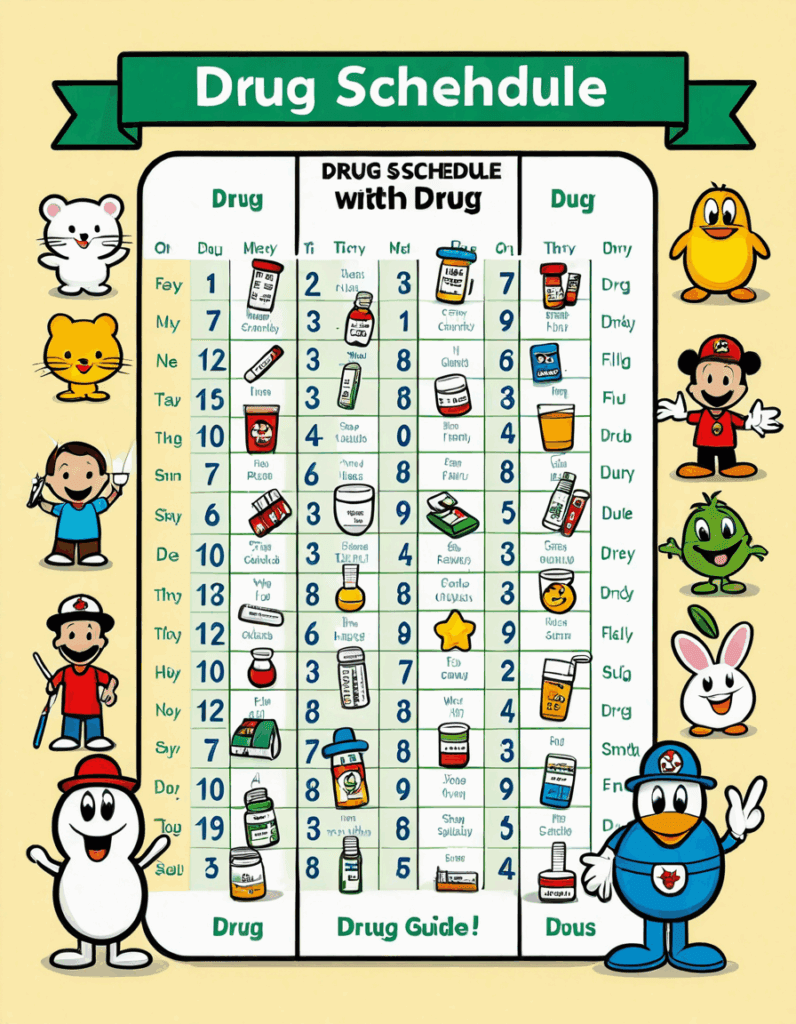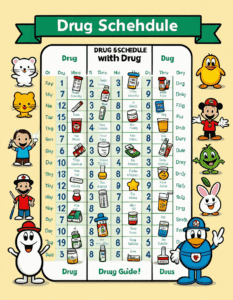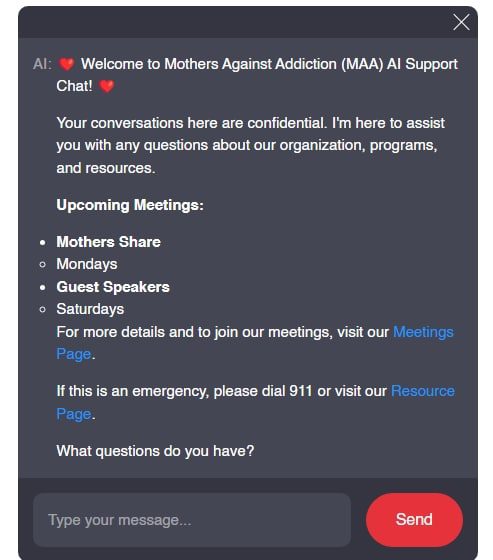Understanding the drug schedule is vital for parents grappling with the impact of addiction. The drug schedule categorizes substances based on their potential for abuse and medical value. This intricate classification influences treatment options, accessibility, and stigma surrounding addiction. As a loving parent, knowing these secrets can empower you to aid your child and yourself through these challenging times.
With compassion and resilience, let’s dive into the top seven secrets about drug scheduling that every parent should know.
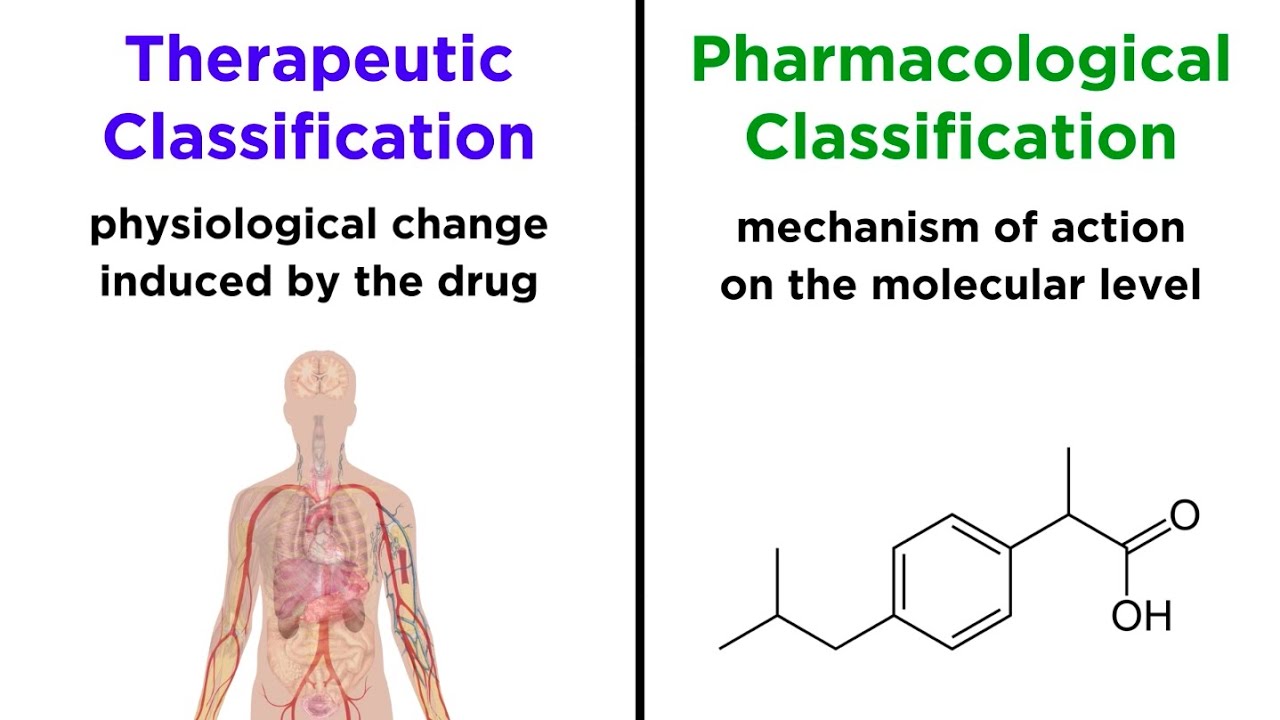
Top 7 Secrets About the Drug Schedule You Need to Know
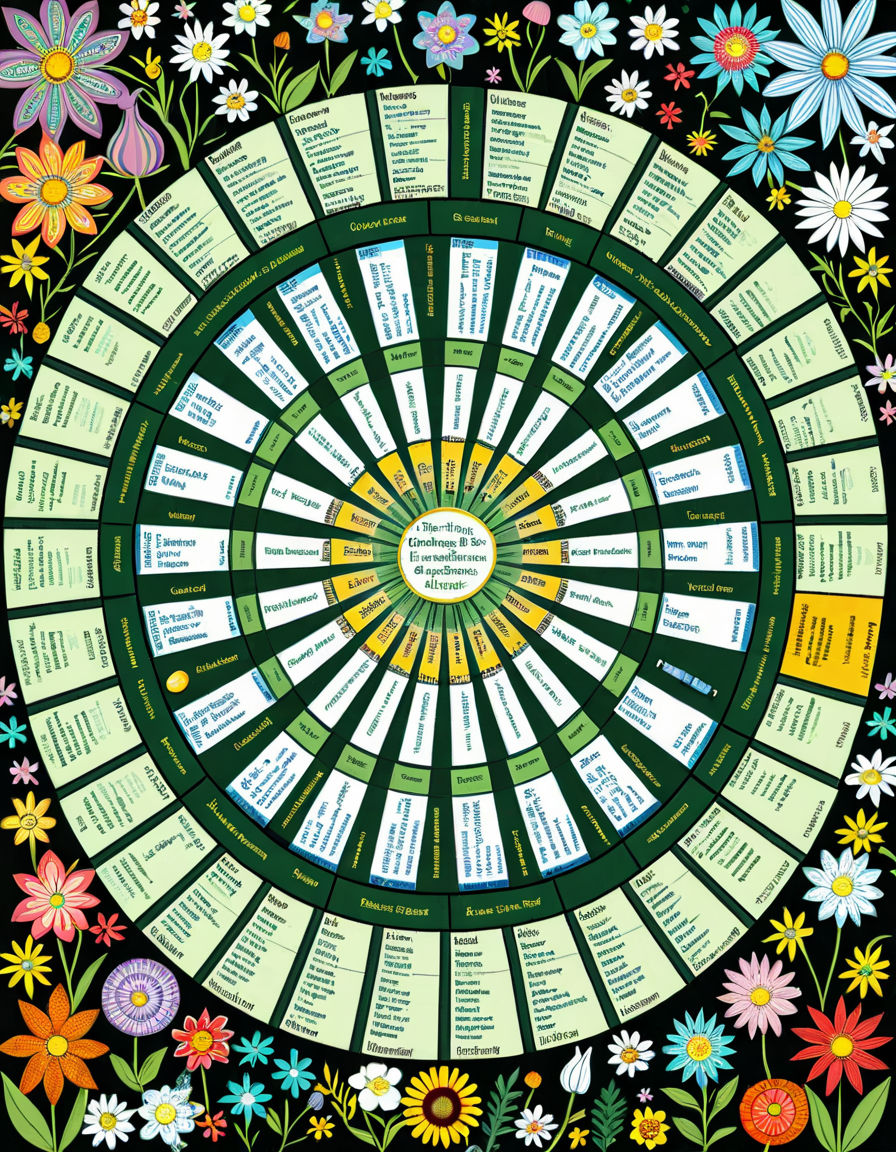
1. The Five Schedules Explained: How They Impact Treatment Options
Drug scheduling divides substances into five distinct categories, from Schedule I to Schedule V. Schedule I drugs, like heroin, are highly restrictive and illegal, leaving families with limited treatment options. On the flip side, Schedule IV drugs, such as Xanax, are more accessible. Yet, these come with their own addiction risks.
Understanding the differences in the drug schedule helps uncover various rehab options. For instance, drug rehab facilities often tailor their approaches based on the categorization of substances, ensuring that individuals receive appropriate and effective care. So, if your child is struggling with addiction, knowledge of drug scheduling can guide you to the help they need.
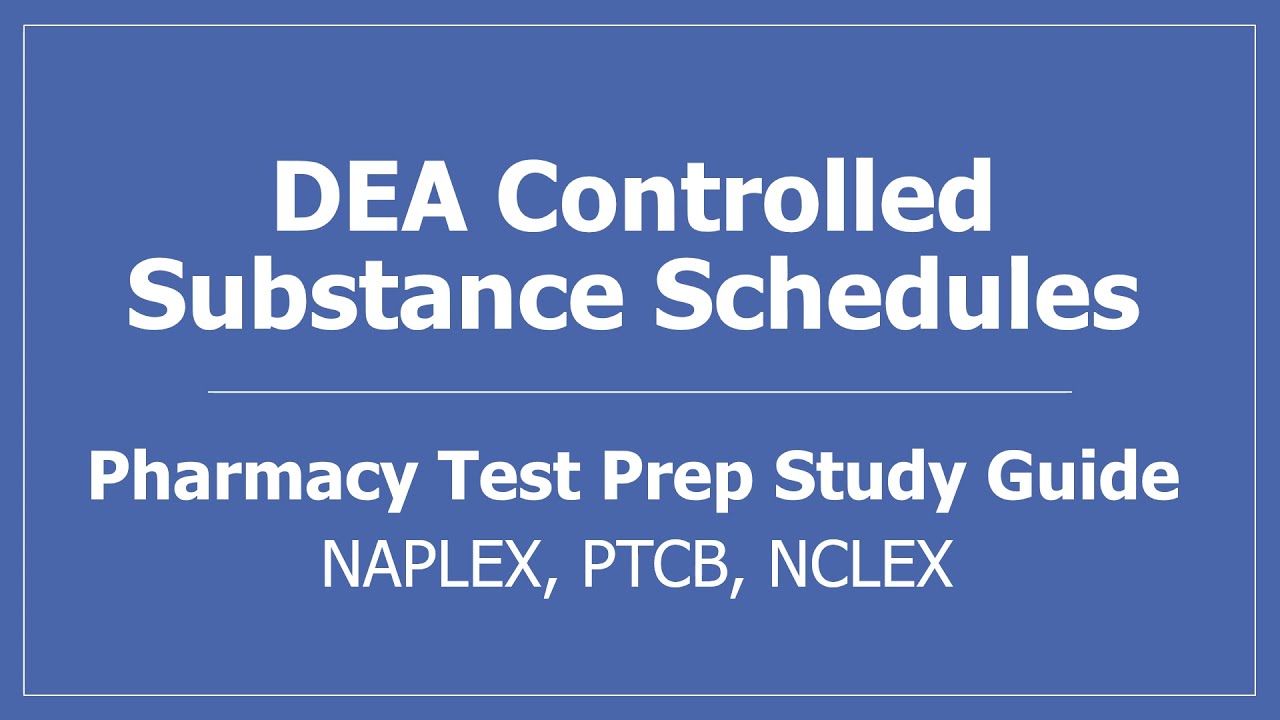
2. The Implications of the Drug Schedule on Marijuana Withdrawal
With the wave of legalization washing over many states, the classification of marijuana as a Schedule I drug adds complexity to treatment. Contrary to common belief, marijuana can induce withdrawal symptoms, such as insomnia and irritability. Misinformation often clouds its classification, causing parents to overlook the very real challenges associated with marijuana withdrawal.
For those trying to quit, understanding marijuana’s scheduling can help identify effective treatment strategies. As a parent, discussing these potential withdrawal effects with your child may pave the way for more open conversations and support during recovery.
3. The Intersection of Drug Schedule and Gambling Addiction
While gambling isn’t classified under the drug schedule, its addictive nature often mirrors that of controlled substances. Studies from the National Council on Problem Gambling reveal that about 1-2% of U.S. adults struggle with pathological gambling. This alarming statistic resonates with the experiences many families face as they grapple with both substance abuse and gambling problems.
Recognizing this relationship can help you and your child find effective support structures. In a world where various addictions often intertwine, fostering awareness within your family is crucial to combatting these challenges together.
4. New Trends: Smoking Weed While Pregnant and Their Legal Implications
Recent trends show that some expectant mothers are smoking weed to cope with the challenges of pregnancy. The debate surrounding marijuana’s safety in these cases is still ongoing, yet its classification under the drug schedule influences attitudes towards use. Despite being perceived as less harmful than alcohol or opioids, smoking while pregnant can pose significant risks such as low birth weight and behavioral issues post-birth.
As a parent navigating this complex landscape, staying informed is essential. Not only can this knowledge protect your child’s future, but it can also help you advocate for responsible usage and treatment.
5. Real-Life Stories: How Drug Rehab Influences Recovery Paths
Personal experiences within drug rehab environments can shine a light on recovery journeys. Programs such as Narconon emphasize detox and drug-free strategies, showcasing tangible success stories. These narratives serve as valuable insights for parents, allowing you to see what proactive engagement can do.
When you share or listen to these success stories, you may find moments of inspiration and hope. Your own child’s roadmap to recovery may not be straightforward, but treatments influenced by the drug schedule can make significant differences.
6. The Role of Federal Regulations: Changes Over Time
The drug schedule doesn’t stay stagnant; it shifts as public health perspectives evolve. Take kratom, for instance—once a widely accepted remedy for pain, it’s now under scrutiny. As regulations change, understanding these shifts is essential for parents concerned about their child’s safety.
Advocating for ongoing research and community education helps equip everyone to tackle addiction. The more informed you are, the better choices you can make for your family’s well-being.
7. Future of the Drug Schedule: Predictions for 2030
Experts foresee that as societal views on addiction shift, drug classifications may experience significant changes. New research surfaces regularly, sparking interest in substances like psychedelics for therapeutic purposes. By 2030, we might see a reclassification of these drugs, which could open new doors for treatment alternatives.
For parents navigating addiction, understanding these impending changes offers a beacon of hope. Staying informed will facilitate proactive conversations with your loved ones and potentially shape treatment pathways toward recovery.

Wrapping It All Up: Navigating the Complexities of Drug Scheduling in Parenting
In light of constantly changing drug policies and increasing knowledge about addiction, parents must approach these issues with a mix of vigilance and compassion. Understanding risks tied to different substances, including marijuana withdrawal, gambling addiction, and the stakes of smoking weed while pregnant, can create a foundation for ongoing support at home.
Utilizing resources like Mothers Against addiction will empower your family as you confront these challenges. Approaching such topics with honesty can foster an environment for open conversations, nurturing resilience and connection within your family.
Together, let’s illuminate pathways toward recovery, ensuring that love and empathy guide our steps. It’s time to transform pain into purpose, creating a supportive community for those grappling with addiction. If you’re ready to take the next step or if you need assistance, check out the Ssdi login for resources that can guide you through these tough times. Just know that you’re not alone in this journey; help is but a click away.
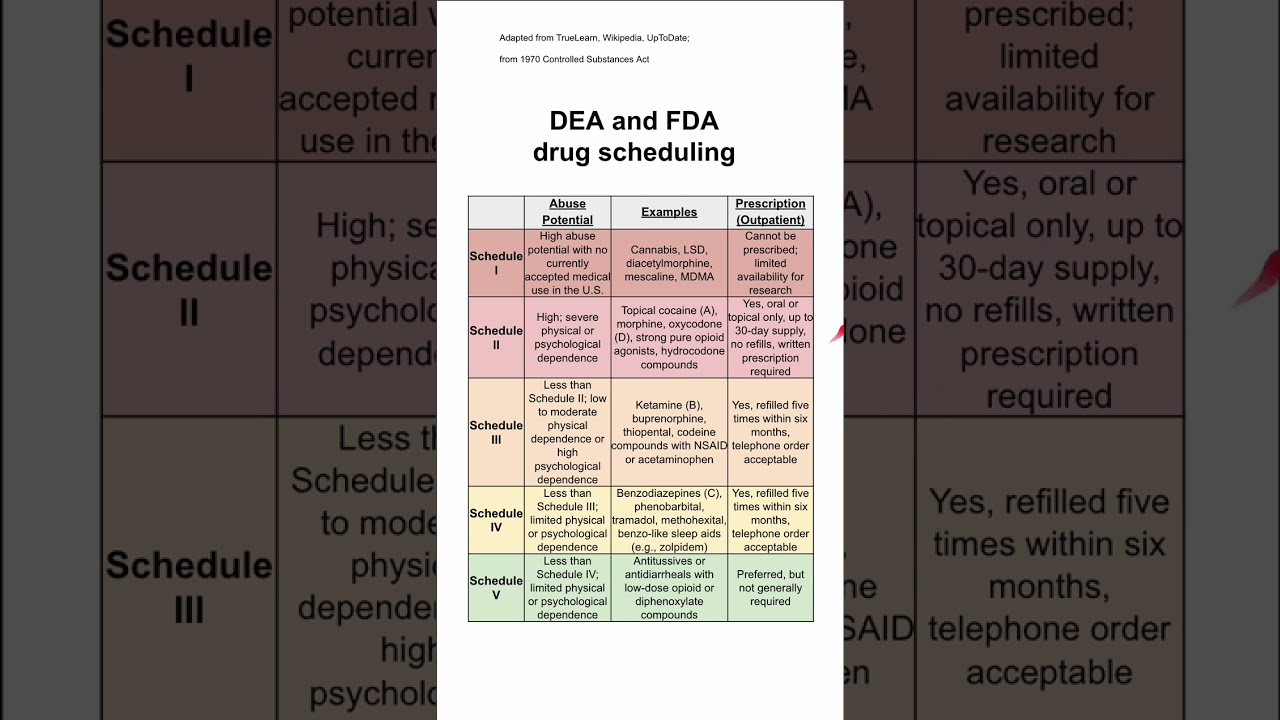
Drug Schedule Secrets Everyone Should Know
The Basics of Drug Scheduling
Did you know that the U.S. Drug Enforcement Administration (DEA) classifies drugs into five distinct schedules? This classification isn’t just a bureaucratic fancy—it’s crucial for understanding how the law treats different substances. For instance, Schedule I drugs are considered the most dangerous, with a high potential for abuse and no accepted medical use. Think about it—if you were looking for something as risky as flying through Manhattan as Spider-Man in the movie with Tobey Maguire, you’d want to know the dangers first. In contrast, Schedule V drugs are viewed as less threatening and can be prescribed more freely.
Interestingly, these schedules can change over time as new research surfaces. For example, a common substance like Niacinamide serum, used for skincare, doesn’t get any drug scheduling because it’s not considered a controlled substance. However, its ability to rejuvenate skin puts it in a different kind of spotlight compared to the strict regulations on controlled substances! Understanding these distinctions helps parents navigate tricky conversations about drug use with their children, ideally guiding them towards safer choices.
Impacts on Society
It’s fascinating how drug schedules affect not only the medical community but society at large. The scheduling of drugs influences everything from law enforcement to healthcare policies. For parents, being aware of these differences provides important context during discussions about addiction and the impact of substances. Just like when two fierce soccer teams—Getafe vs. Real Madrid—face off, the competition can be tough. The same goes for addiction and recovery, where the stakes feel incredibly high.
It’s also worth noting that laws concerning drug schedules can vary widely between countries. Some places might treat marijuana like a Schedule I substance while others allow medical use—talk about a hot topic! By equipping oneself with knowledge regarding the drug schedule, parents can engage in meaningful conversations that build understanding and perhaps even save lives.
Staying Informed
As we dive deeper, it’s essential to understand that staying informed is half the battle. With the rise of the internet, vast resources are at our fingertips. Platforms like the Ssigov Login are relatively easy to access and provide helpful information regarding drug schedules and more. Viewing information on what prescription drugs are most frequently abused can serve as a major eye-opener for families.
Moreover, could educational resources act as a gateway? Whether you prefer to relax and watch Cartoons or delve into deeper philosophical insights by searching define philosophy, the options are endless! The truth is, knowledge can equip parents, helping them prepare their kids for the ever-changing landscape of drug use and societal attitudes. This awareness not only empowers families struggling with addiction but also fosters a community of support essential for healing.
In summary, understanding the nuances of the drug schedule helps paint a clearer picture of addiction’s complexities. So the next time you chat with your kids, or even when you’re catching up on Mark Wahlberg’s new movie, consider how these schedules influence what we see in pop culture and the real world. Let’s keep the conversation going!

What is a schedule 1, 2, and 3 drug?
Schedule 1 drugs are substances that have a high potential for abuse with no accepted medical use, like heroin and LSD. Schedule 2 drugs also have a high potential for abuse but are accepted for medical use, such as cocaine and morphine. Schedule 3 drugs have a lower potential for abuse and can be prescribed, like some anabolic steroids and certain pain medications.
What are the five legal schedules of drugs?
The five legal schedules of drugs are defined based on their potential for abuse and accepted medical use. Schedule 1 has no accepted medical use and a high potential for abuse, while Schedule 2 has accepted medical uses but still a high potential for abuse. Schedule 3 has less potential for abuse and accepted medical use, Schedule 4 is accepted with lower abuse risk, and Schedule 5 has the least potential for abuse among controlled substances.
What are the 7 categories of controlled substances?
The seven categories of controlled substances include stimulants, depressants, hallucinogens, narcotics, anabolic steroids, marijuana (in some jurisdictions), and designer drugs. Each category has different potential for abuse and varying legal restrictions.
What’s a schedule 4 narcotic?
A Schedule 4 narcotic includes drugs with a low potential for abuse relative to Schedule 3 drugs, such as Xanax and Ativan, which are often used for anxiety and sleep issues.
What drugs are schedule 3?
Schedule 3 drugs include medications like ketamine and testosterone, which can be prescribed but carry some risk of abuse, making them less restricted than Schedule 1 or 2 drugs.
Is Schedule 1 getting banned?
There’s been talk about possibly banning some Schedule 1 substances, but nothing’s been officially decided yet; ongoing debates and legal considerations are still in play.
What schedule is a Xanax?
Xanax is classified as a Schedule 4 drug, meaning it has accepted medical uses but a lower potential for abuse compared to higher schedules.
Is Schedule 1 the worst drug?
Schedule 1 isn’t the worst drug classification in all senses, but it does imply the highest restriction due to no accepted medical use, which includes very dangerous substances.
What are schedule 6 drugs?
Schedule 6 drugs don’t exist in the federal drug scheduling system; however, some states have their classifications for certain drugs that aren’t controlled at the federal level.
What are the 20 classes of drugs?
The 20 classes of drugs include categories like analgesics, anesthetics, antibiotics, antihistamines, antidepressants, antipsychotics, anticonvulsants, stimulants, muscle relaxants, corticosteroids, vitamins, hormones, diuretics, NSAIDs, beta-blockers, opioids, sedatives, laxatives, antacids, and bronchodilators.
What are 10 examples of drugs?
Ten examples of drugs include aspirin, ibuprofen, oxycodone, amoxicillin, metformin, fluoxetine, alprazolam, diazepam, loratadine, and lisinopril. These range across different classifications and uses.
What schedule is tramadol?
Tramadol is classified as a Schedule 4 drug, meaning it’s available with a prescription and has a lower risk of abuse compared to Schedule 2 and 3 drugs.
What’s a schedule 2 narcotic?
A Schedule 2 narcotic includes drugs like oxycodone and fentanyl, which are heavily regulated because of their high potential for abuse and addiction.
Is alcohol a schedule 3 drug?
Alcohol is not classified as a Schedule 3 drug; rather, it’s regulated differently and not included in the federal controlled substances schedules.
Is Tylenol a schedule 4 drug?
Tylenol isn’t a Schedule 4 drug; it’s an over-the-counter medication and not classified under the controlled substance schedules.
What are considered schedule 2 drugs?
Schedule 2 drugs include substances like codeine, morphine, and methamphetamine, which are recognized for medical use but carry a significant risk of abuse.
Can schedule 3 drugs be recreational?
Yes, Schedule 3 drugs can be misused recreationally, but they are still considered safer than drugs in higher schedules due to their accepted medical use.
What is true of a schedule 3 drug?
Schedule 3 drugs have a moderate potential for abuse and can be legally prescribed, though they’re still monitored for safe use to prevent misuse or dependence.
Can you call in a schedule 3 drug?
You can call in a Schedule 3 drug prescription, but specific state laws may apply, so it’s best to check what your state regulations are regarding this.

